Types of Appliances
Types of Appliances
Elastics (Rubber Bands)
Wearing elastics (rubber bands) improves the fit of your upper and lower teeth. Wear rubber bands as instructed, and remember that the rubber bands work far more efficiently if they’re worn as prescribed.
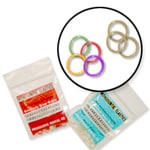
FORSUS™
Wearing elastics (or rubber bands) improves the fit of your upper The Forsus Fatigue Resistant Device is an alternative to headgear which promotes growth in adolescents, helping to eliminate excessive overbites, improve the fit of teeth, and possibly prevent the need for jaw surgery.
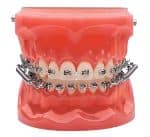
HEADGEAR
Headgear is used to treat patients whose teeth are in an overbite, with the upper jaw forward of the lower jaw, or an underbite with the lower jaw forward of the upper jaw. Headgear gently “pulls” on your teeth to restrict further forward growth of your upper teeth and jaw.
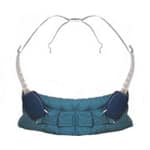
HERBST® APPLIANCE
Headgear is used to treat patients whose teeth are in an overbite, The Herbst® appliance reduces overbite by encouraging the lower jaw forward and the upper molars backward. This fixed appliance is used mostly for younger, growing children and is worn for about 12-15 months.
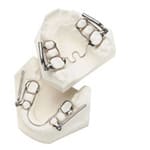
PALATAL EXPANDER
The palatal expander “expands” (or widens) your upper jaw by putting gentle pressure on your upper molars each time an adjustment is made. Your orthodontist will instruct you about when and how to adjust your expander. When you achieve the desired expansion, you will wear the appliance for several months to solidify the expansion and to prevent regression.
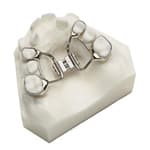
POSITIONERS
Positioners complete the final tooth movements in your orthodontic treatment. With your full cooperation, you should only need to wear the positioner appliance for four to eight weeks.
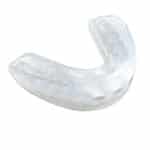
RETAINERS
Positioners complete the final tooth movements in your orthodontic treatment. With your full cooperation, you should oRetainers may be removable or fixed. They hold your teeth in their new, correct positions after your teeth have been straightened. Your orthodontist will instruct you on how to care for your retainer and about the duration of the wear. Wearing your retainer as directed is crucial to prevent regression of your treatment.
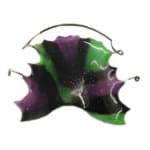
SEPARATORS OR SPACERS
Positioners complete the final tooth movements in your Separators are little rubber doughnuts that may be placed between your teeth to push them apart so that orthodontic bands may be placed during your next appointment. The separators will be removed before we place the bands. Separators do not mix well with sticky foods, toothpicks, or floss.
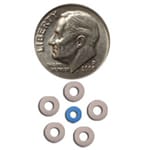
CARRIERE® DISTALIZER™ APPLIANCE
CREATING A CORRECTED BITE WITHOUT HEADGEAR
The Carriere Distalizer is an orthodontic device developed to correct a bite without removing permanent teeth when teeth have erupted incorrectly. With an effect similar to headgear, but without the use of a bulky appliance, the Carriere Distalizer pushes upper teeth back to create a corrected bite prior to the addition of braces. How does the Carriere Distalizer work?
- First, your orthodontist will create an anchor point, most commonly with a lower Essex Appliance, a passive lingual arch, full mandibular fixed appliance, or mini-screws. A Carriere Distalizer arm is then attached to the upper teeth on both sides of your mouth.
- An elastic band is attached from the upper bar to the lower back molars and should be worn at all times except when eating.
- With good elastic wear, your bite can be corrected in a matter of months, depending on the severity of your case.
- When the Carriere Distalizer arms are removed, we will place upper braces to finish correcting your bite and aligning your teeth to the perfectly straight, ideal smile you’ve always wanted.
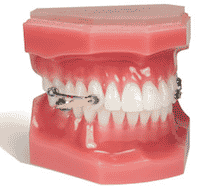
Temporary anchorage Device (TAD)
Temporary anchorage devices, or TADs, are small titanium anchors used in certain orthodontic cases to help achieve quicker tooth movement with more efficiency and comfort. TADs may be used in addition to braces or as an alternative to head gear.
